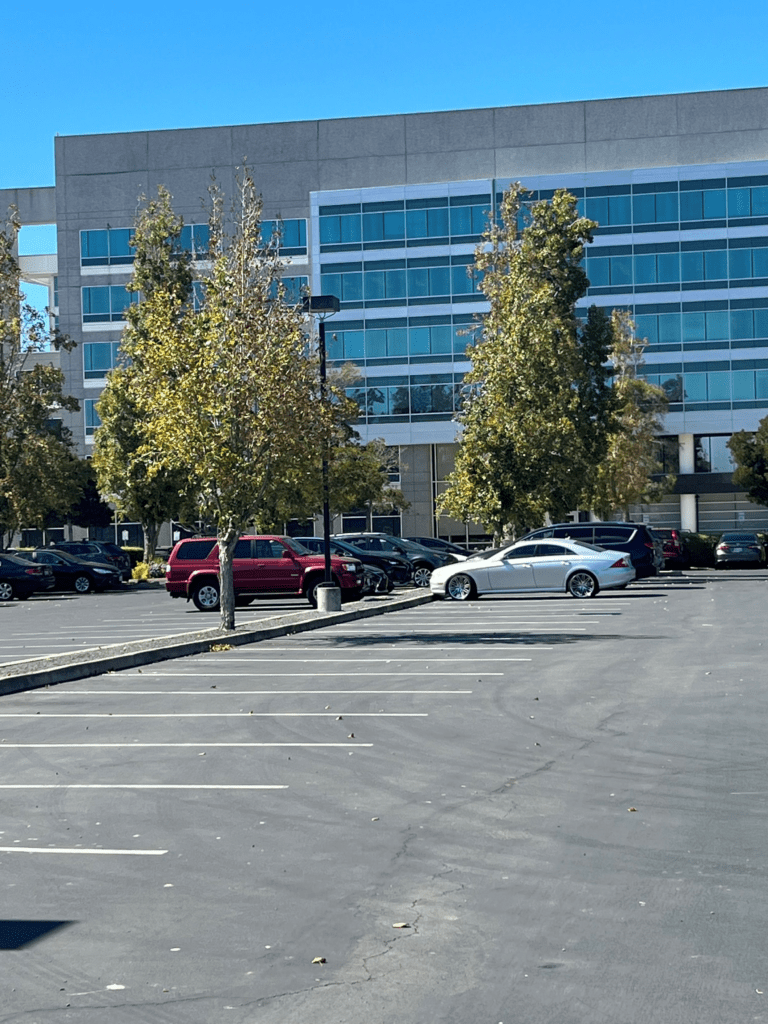Heading back to the office is looking more enticing to employees working from home as energy bills continue to rise.
When will employees return to the office full-time? This question comes up every time I meet with clients who have retail properties surrounded by offices. The truth is office owners could be the next beneficiary for huge increases in lease failures. As energy expenses and inflation are taking a bite out of all of us, our hope for employees returning to their offices is dimming a little more each day.

Employees have the upper hand because lack of workforce is a real issue for most businesses. Landlords are sitting on empty office space with lackluster employee participation. The shopping center sitting outside their windows no longer have lines out the door for Starbucks in the morning and the bagel shop has closed. The story remains the same across the country.

CMA is working with a client of a mixed-use building asking us to come up with a plan that will bring employees back to the office. No matter what plan we create, I am not convinced employees will want to return. Most are touting what an improvement it is for the environment of working from home and of feeling more productive. Not to mention the fuel savings. Hybrid work weeks are the most popular format. I thought that meant work 3 days in office and 2 days at home; but research shows most hybrid schedules pencil out to 1-2 days per week on average spent in office. Three-quarters of desks in Northern American offices are going mostly unused.
Environmentally the working from home (WFH) model has not helped with reduced emissions, as one would suspect. Maybe briefly at the beginning of the pandemic when emissions were reduced by more than 17%; but as of last month, the emissions are back to the 2019 standard levels. Using this argument will no longer hold up. Other factors are hitting home for those who work from home; there is more waste created at home than work and the amount of energy at home has increased 25%. With energy prices rising, employees working from home are beginning to long for the good old days. Research has also revealed that the lack of community and teamwork has taken a psychological toll on the population. Other issues are burnout, distraction, and risk of productivity.
“The amount of energy at home has increased 25%.”
We presented our client with some of the facts of WFH and proposed programs to entice offices to reopen with a full staff. Our ideas included a well-being program where employees receive psychological support to hear their growth needs as well as support for their personal traumas they may be undergoing since Covid. This support program would help employees stay on track and provide a safe person they may contact to receive support from when they are feeling they need assistance. We also are working with the retailers to provide special discounts to all employees working in the offices surrounding the shopping center.
Other programs we suggested included flexibility in schedule—employees want a lifestyle where they don’t have to feel guilty if they need time to work from home due to a sick child or other personal reasons. The shame must be removed from the employee. Of course, everyone wants and needs more money—employers are going to have to look at bonuses and other incentives to get butts back in seats.
As for the emotional pitch, we all like to feel like we belong. We need inclusion, support, and appreciation. Going to the office will bring back the sense of community so many of us have been craving but are uncertain how to get that feeling back. Maybe inflation and rising utility expenses will motivate employees to want to get back to work in office if not full-time perhaps part-time.

If the economy takes the downturn Chair of the Federal Reserve Jerome Powell is predicting, we employers may be back in the driver’s seat; but then again who can predict anything too far into the future.
Source: Retail World, Wall Street Journal, Business World
AUTHOR

Kim Kelley, Marketing Guru
Kim Kelley is the Principal at Creative Marketing Arts. With over 30 years in the Shopping Center industry, Kim offers creative ideas blended perfectly for REIT Advertising and Marketing. With an eye for perfection and creative flair, Kim offers all clients Out of the Box solutions.
